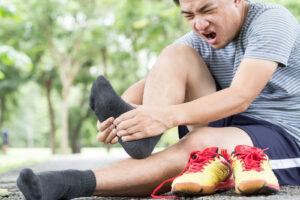Cycling pain
Cycling is a great activity for all which is a lot easier on the body than many other sports. Often cycling will be used by many of us in the health field as a method of rehab , or as a way to keep active whilst minimally stressing the body.
However cycling can still cause pain. The average cyclist spins the pedals between 60- and 110 times a minute and if something is off thats a lot of wear and tear on sensitive joints and muscles.
Below is a guide on some easy to address methods of dealing with cycling related pain in the lower limb, this guide is not a substitute for a professional bike fit.
Ankles – try experimenting with cleat position and angle on your cycling shoe. In addition pay attention to what your ankle is doing whilst pedalling, twisting and turning on the pedal is a No no and this may be a sign of muscle imbalance or an un-ideal foot posture.
Feet – Pain in the foot stems usually from a simple cause , your cycling shoe is not right for you, too tight ,too big , too narrow and too wide these all can contribute to their own fun aches and pains. To address this visit a brick and mortar store and have yourself correctly measured and fitted for cycle shoes, although the temptation of an online purchase might be hard to resist it can easily snowball into more expensive problems down the road.
Knees – The most poorly designed joint in the human body are often the weakest link when something is off. Knee pain can stem from muscle imbalances, poor saddle height, Improper cleat position and training and technique errors. You can try adjusting your saddle height and cleat position however persistent knee pain is a sign something is off and if you are serious about your cycling a bikefit from a respected fitter may be the way to go.
Nick W
